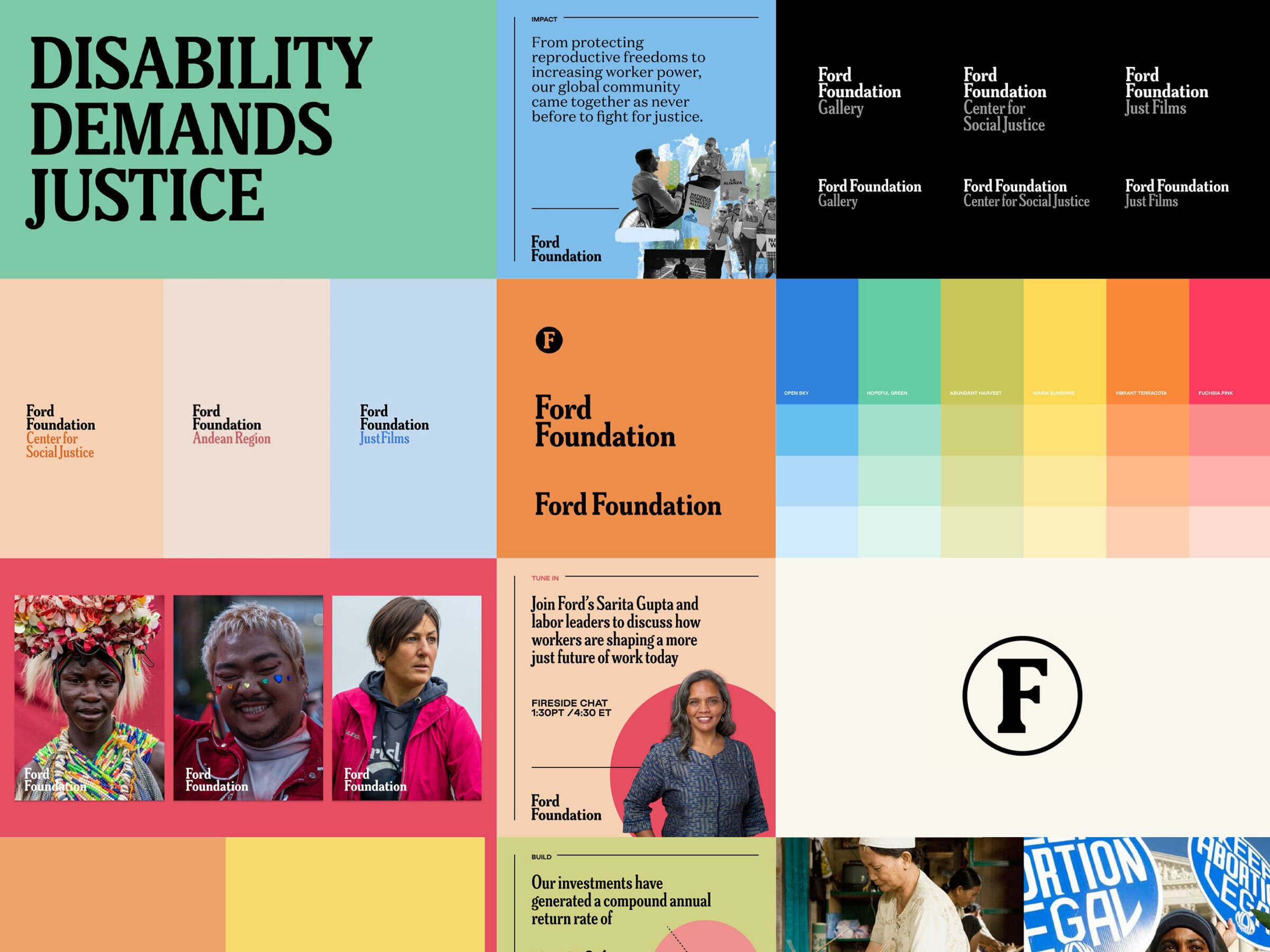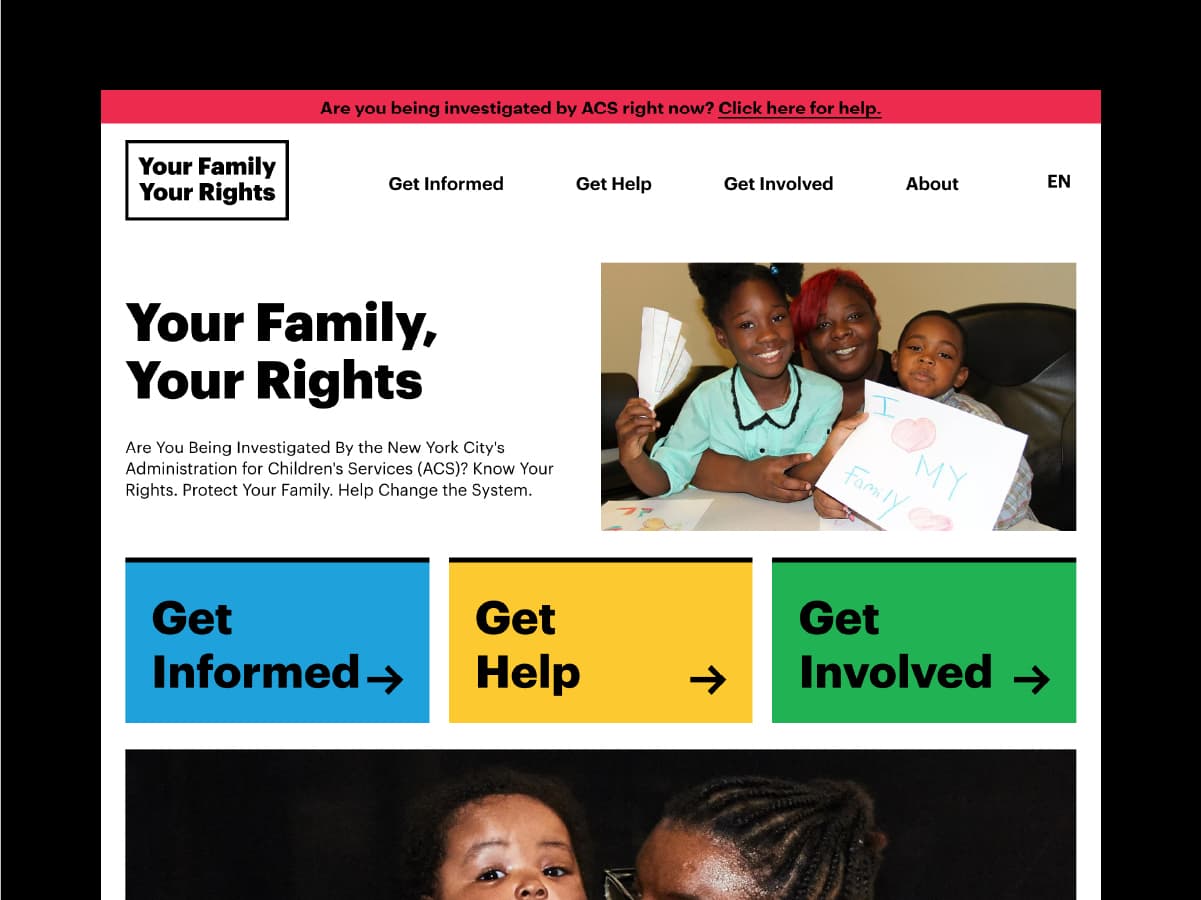The Best and Worst Countries for Women
A look at the condition of women's rights and safety around the world.

The lives of women and girls in much of the world have steadily improved for at least a generation, but much remains to be done to promote their rights. While women in Canada make up 62% of university graduates, at the other end of the spectrum, Saudi Arabian women are not even allowed to drive. 90% of women in Indonesia report suffering sexual harassment in the workplace. In China, a quarter of women think it’s justifiable for a man to beat his wife, and more than half of Indian women think so.
In 2011 we helped the Thomson Reuters Foundation visualize the 5 Most Dangerous Countries for Women, exposing some of the shocking hardships that women face around the world. We used powerful portrait photography, custom iconography and bold typography to bring attention to some of the most distressing and promising statistics related to women’s health, safety, education and representation around the world. After the success of the visualizations, we were asked to illustrate the record of the Group of 20 nations on women’s rights.


























News & Recognition
Project Credits
- Deroy Peraza
- Julia Zeltser
- Jason Lynch
- Wen Ping Huang
- Josh Smith





